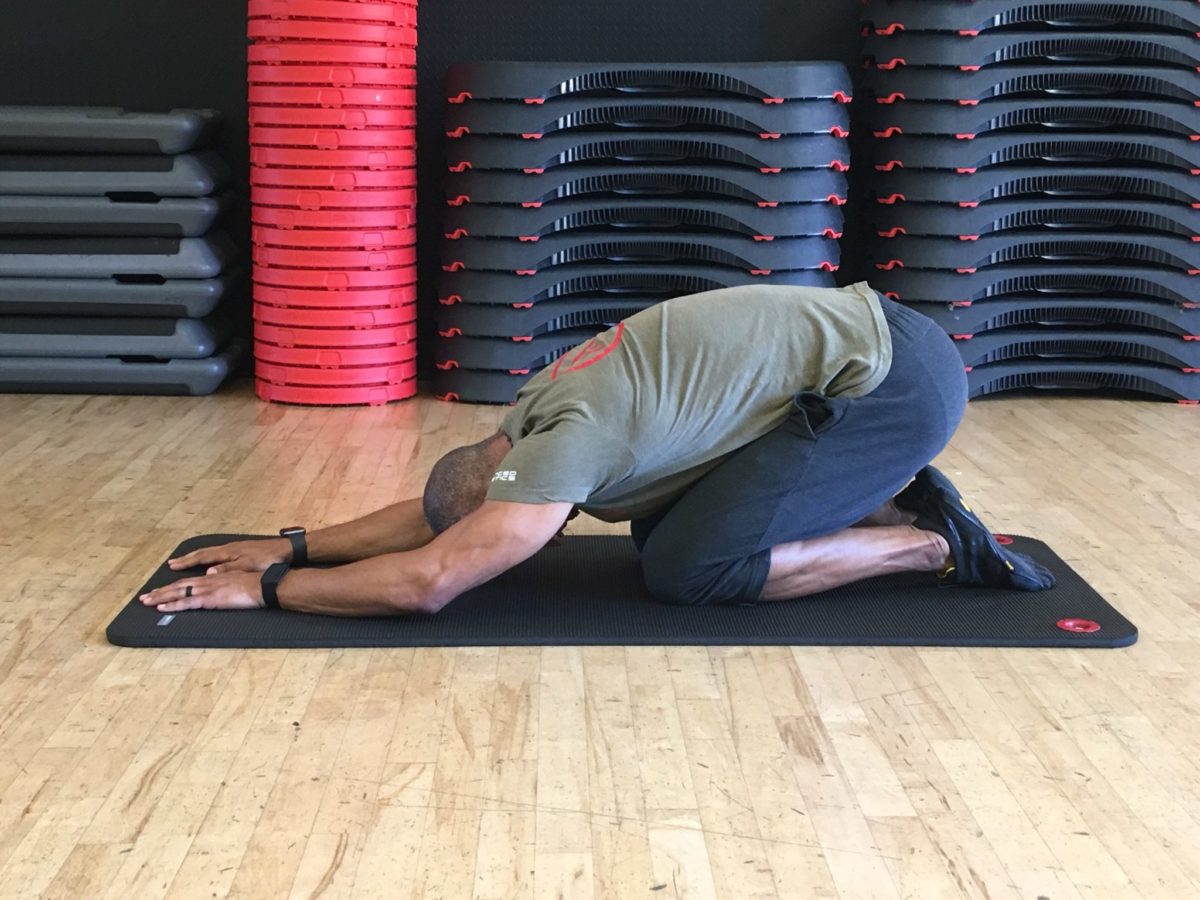Your ability to push your outer-limits of fitness has so much to do with how well you recover. Truth.
That’s why I’m excited to share a powerful recovery enhancer with you. Athletes everywhere are using it to boost their performance. And you can too.
As a disclaimer, I have no financial affiliation with this product. It’s actually free, accessible, simple to use, and available in almost unlimited quantity.
It’s called mindful breathing.
This is different than the unconscious breathing that you’ve been doing since birth. That reactive and automatic respiration has been running wild. And it holds you back from recovering faster.
To improve your recovery, you must tame your breathing.
Mindful breathing is taking deliberate control of how and when you inhale and exhale. And you do this with the intention of eliciting a specific response in your body.
When it comes to recovery, the aim is to reduce the amount of time your body needs to be “ready”. The “ready for what?” is up to you. And depending on what that is, you can alter the way you breathe in preparation.
Regardless of that next exercise, move, activity, recovery means being able to go from where you are to where you want to be. And mindful breathing is a practical, efficient, and effective means to achieve this.
The first step is to build a reliable foundation by using the right breathing mechanics. And this involves learning how to breathe from your diaphragm throughout your day.
Your diaphragm is the “parachute” looking muscle that separates your upper torso from your lower torso. And when you use it, as intended, to breathe, it frees your body’s full function. All of your athletic endeavors are better, injury-risk goes down, and you recover faster.
When you inhale, your diaphragm contracts to expand the midsection. It also moves towards your pelvis. This acts like a vacuum to help draw air into the lower lobes of your lungs.
The lower lobes are larger than the upper lobes. So they can take in more oxygen to exchange.
Additionally, accessing the lower lobes helps to stimulate your parasympathetic nervous system. The parasympathetic nervous system controls your body’s ability to slow your heartbeat, and lower your blood pressure and body temperature.
These outcomes work together to improve exercise recovery time. So the sooner you can get there, the better.
Unfortunately, most people are unaware that they’ve slipped up by being chest breathers.
Somewhere along the way, they lost connection to their diaphragm. So their pectoral (chest) muscles compensate to pick up the slack. This creates a slew of unwanted dysfunction in your core function and your posture.
This pattern of breathing fills more of the smaller, upper lung region. So less oxygen is available to produce ATP (adenosine triphosphate), the molecule that your body uses for energy.
Plus, the upper lungs stimulate the sympathetic nervous system (“fight or flight”). This results in a slower heart rate recovery and delays the lowering of blood pressure and body temperature.
Self-identification test
To help you discover your breathing pattern, watch this short video.
If you find that you breathe first from your chest, then it’s going to take a daily practice to correct it.
Corrective Breathing
Start each day with 1 minute of Child’s Pose Breathing (see this instructional video). It’s Then, progress up to 5 minutes to help reset your breathing pattern.
The goal is to instill this diaphragmatic breathing as your new “automatic” pattern. So check in with yourself often and notice how you’re breathing throughout the day
Even if you find that you’re using your diaphragm to breathe, the above exercise can still be of benefit to you. Focus more on the quality of how well you’re able to expand your diaphragm. You should feel it through the sides of your waist and lower back.
Once this is feeling more natural and second nature during your day and night, then you can advance. As there are many progressions to gain more control.
In the upcoming message, I’ll dive deeper into this topic so that you can improve your recovery and health.
Until next time, stay athletic.
Your coach,
Adam

